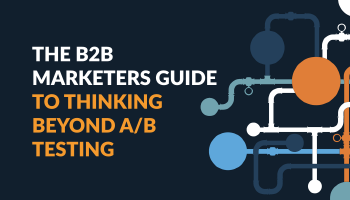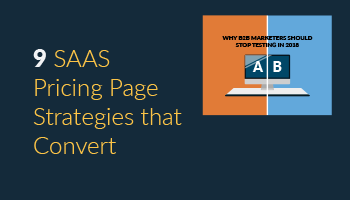Webinar: Increase B2B Conversions with Personalization and Social Data
Dive deep into growth strategies used by leading B2B organizations.
B2B Marketers! Are leads coming to your site but not converting into paying customers?
Your problem could be a lack of customer engagement across the marketing funnel. At the FunnelEnvy transformative webinar, learn the strategies we use to have explosive customer engagement for our customers like Optimizely, Hewlett-Packard Enterprise and Autodesk.
We will also be talking to Socedo’s Senior Marketing Manager, Adam Hutchinson, about how Socedo uses social data to create personalized emails that convert!


